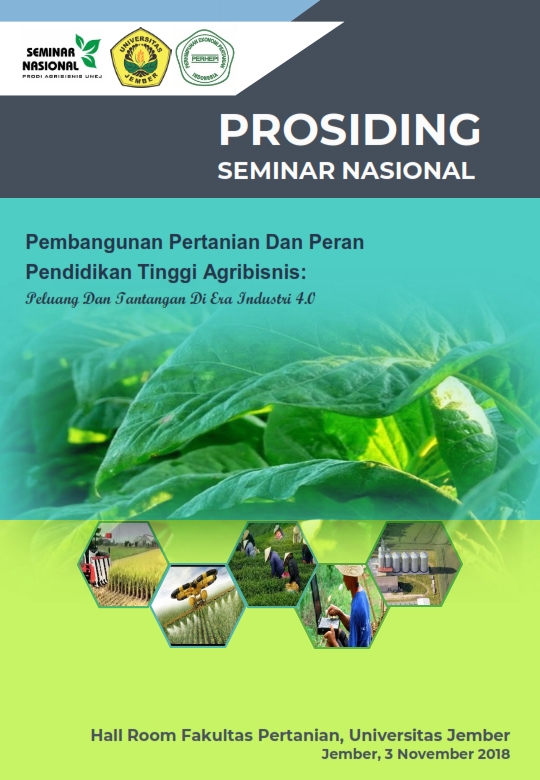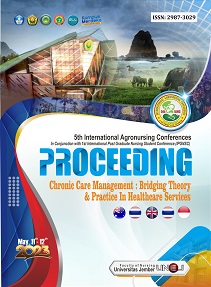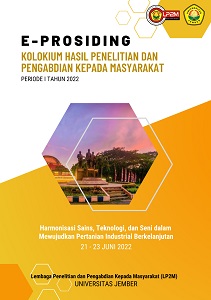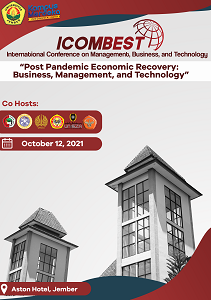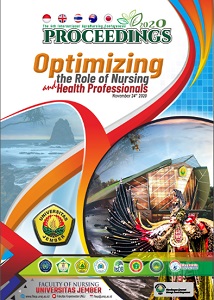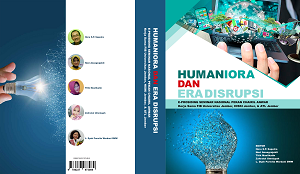POTENSI KOMBINASI Trichoderma sp DAN ABU SEKAM PADI SEBAGAI SUMBER SILIKA DALAM MENINGKATKAN KETAHANAN TANAMAN JAGUNG (Zea mays) TERHADAP SERANGAN PENYAKIT BULAI (Peronosclerospora maydis)
Abstract
Maize is one of the main food crops thar are very important in supporting the Indonesian people in terms of food needs, animal food, and industrial activity. Productivity of maize in several years continues to fluctuate. One of the factor that affect the production of maize is the presence of plant disease. One example of plant disease that play an important role in reducing maize production is Downy mildew caused by fungal attack of Peronosclerospora maydis. Disease control by using chemical pesticides have a bad impact on the environment, beneficial microorganism, and humans. Alternative that can be done is by utilize biological control in the form of Trichoderma sp and organic fertilzer from rice husk ash. The purpose of this study was to determine the potential of Trichoderma sp and rice husk ash in controlling downy mildew disease. The application of Trichoderma sp is carried out through seed treatment, while organic fertilizer from rice husk ash is given with doses of 5, 7, and 9 gram. The study was conducted using randomized block design experiment. Observed parameters including disease severity, incidence rate, total phenol compounds, and silica in plant tissues. The result of this study showed that the most effective treatment in suppressing downy mildew disease was the treatment of rice husk ash with a dose of 9 grams. This result indicated by the lowest level of disease severity, disease incidence rate, and the highest total phenol and silica content in the 9 gram rice husk ash treatment

